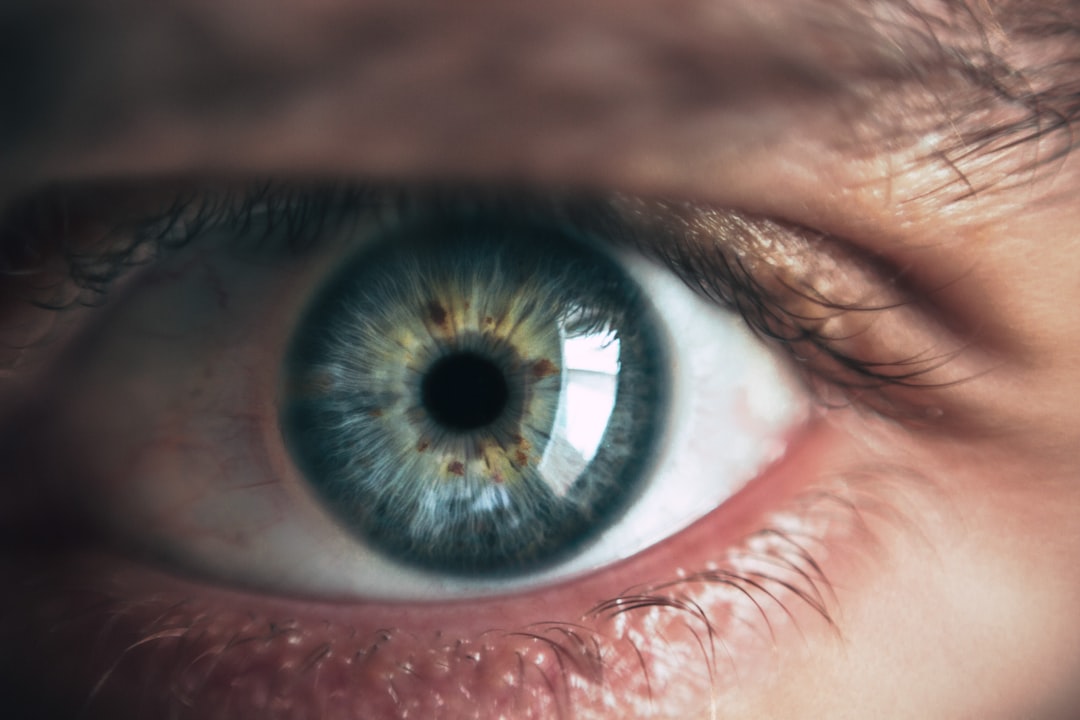
Reasons: There are a number of possible reasons for tunnel vision, including:
1. Glaucoma: This eye condition is characterized by raised pressure within the eye, which damages the optic nerve and results in tunnel vision.
2. Retinitis Pigmentosa: This acquired problem creates the breakdown and loss of photoreceptor cells in the retina, leading to tunnel vision and ultimate loss of sight.
3. Terrible Mind Injury: Extreme head trauma can damage the aesthetic paths in the mind, causing tunnel vision.
Symptoms: The primary signs and symptom of one-track mind is a restricted field of view, with the field of vision progressively decreasing. Various other signs might consist of:
1. Difficulty browsing congested areas or strange settings
2. Troubles with deepness perception
3. Increased clumsiness because of minimized awareness of items in the perimeter
4. Challenges in tasks like driving, particularly during nighttime
Treatment: The treatment of one-track mind relies on the underlying reason. In many cases, such as glaucoma, drugs or surgical procedures may be advised to decrease the intraocular stress and stop further vision loss. For problems like retinitis pigmentosa, there is presently no remedy, however specific treatments can reduce the progression of the illness and handle signs and symptoms.
In addition to medical therapies, there are aesthetic help offered that can assist people with one-track mind. These aids might include specialized glasses with prisms to broaden the field of vision or digital gadgets that enhance vision.
Moreover, individuals with one-track mind can additionally benefit from visual training and rehab programs. These programs aim to boost aesthetic recognition, improve field of vision, and develop techniques to make up for the limited visual field.
In conclusion, tunnel vision is a visual disability defined by a minimal field of vision, usually triggered by problems such as glaucoma, retinitis pigmentosa, or terrible brain injury. It can have a substantial effect on an individual’s daily life and activities. If you or a loved one experience symptoms of tunnel vision, it is critical to look for clinical focus to determine the underlying cause and discover ideal treatment alternatives.